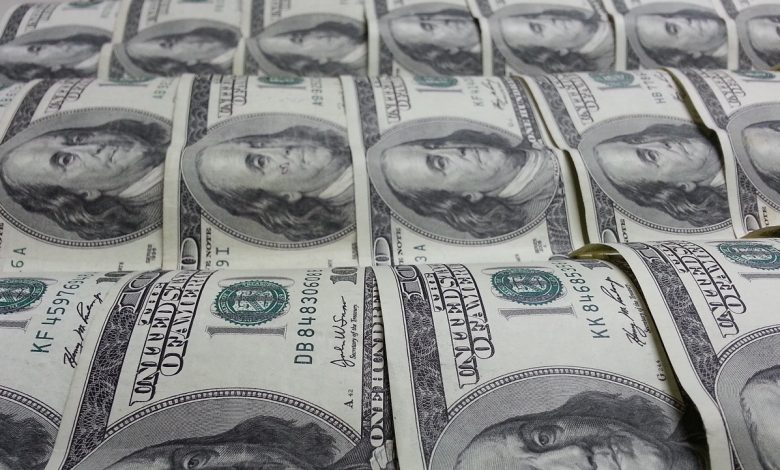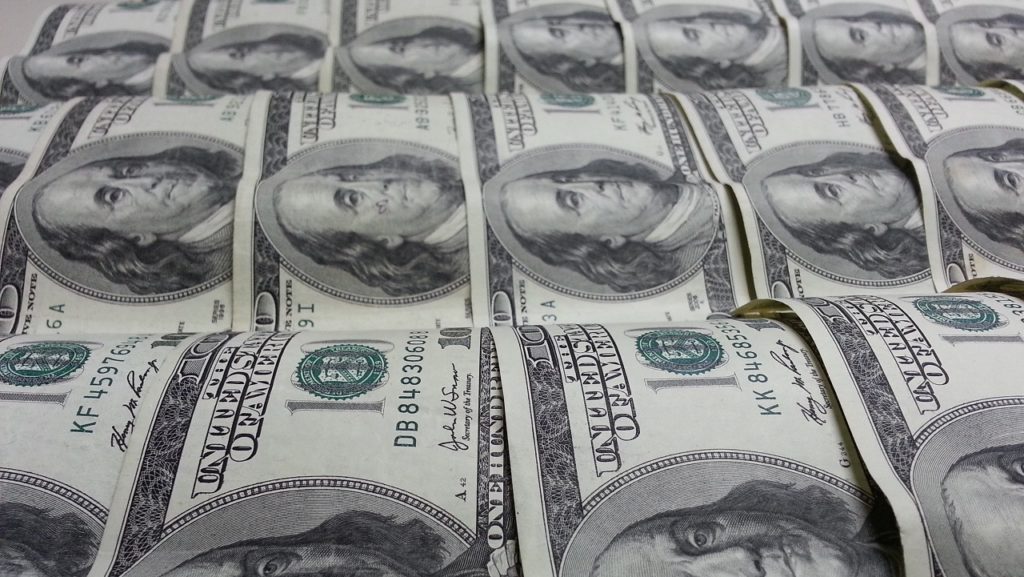While Talking About Fighting Inflation, the Fed Continued to Expand Its Balance Sheet

Earlier this month, the Federal Reserve launched its first salvo against inflation, raising interest rates by a quarter-percent. It was a pretty weak shot given 7.9% CPI, but Jerome Powell and other Fed presidents ratcheted up the tough rhetoric last week. Powell raised the possibility of 50 basis-point rate hikes at future meetings and San Francisco Fed President Mary Daly, “With the labor market so strong, inflation, inflation, inflation is top of everyone’s mind.”
But while the Fed was jawboning about “inflation, inflation, inflation,” and supposedly launching a war to get it under control, it was creating even more inflation.
Over the last two weeks, the Federal Reserve balance sheet has expanded by $60 billion.
Despite the taper having supposedly ended at the beginning of March, the Fed is still running quantitative easing. It continues to print money out of thin air to buy bonds. This is the exact opposite of fighting inflation.
The week before the Fed launched its war on inflation, the central bank expanded the balance sheet by $43.6 billion. The week ending March 23, it added another $8.2 billion.
The balance sheet is now just a hair below $9 trillion, at $8.96 trillion.
This is the worst war on inflation ever.
To put that in perspective, the balance sheet stood at $4.16 trillion in February 2020, as the coronavirus pandemic started to unfold. That was up from a low of $3.76 trillion in September 2019, when the Fed gave up on tightening because the stock market tanked and the economy was getting wobbly.
That means most of the Treasuries the Fed bought in the first rounds of QE after the 2008 financial crisis remain on the balance sheet today — plus trillions more.
And we’re supposed to think the Fed is going to successfully shrink its balance sheet this time around?
It seems unlikely. Heck, it can’t even seem to finish the taper.
Here’s the reality; while the Fed is talking about fighting the inflation fire, it is still pouring gas on the inflation fire. An expanding balance sheet means the Fed is still engaged in expansionary monetary policy.
After the March FOMC meeting. Peter Schiff picked up on something not a lot of people talked about. The FOMC took out language relating to the start of balance sheet reduction. It now just says it will happen sometime in the future.
The most important thing to me is quantitative tightening is happening later than the Fed initially postured. And it may never happen. That’s kind of my thought. They can raise interest rates slightly, because, on the margin, the first few rate hikes won’t have much of an impact. But I think given the enormity of the federal government deficits, I don’t see how the Federal Reserve is able to shrink its balance sheet. In fact, I think the Fed is going to have to continue to increase the size of its balance sheet even as it notches up interest rates.”
One thing is certain — the taper lasted a lot longer than the Fed said it would. The $8 billion the Fed added to the balance sheet last week isn’t a lot, but it isn’t zero. Perhaps next week, we’ll see the end of QE that we were promised.
Or maybe not.
Call 1-888-GOLD-160 and speak with a Precious Metals Specialist today!
Buka akaun dagangan patuh syariah anda di Weltrade.
Source link







